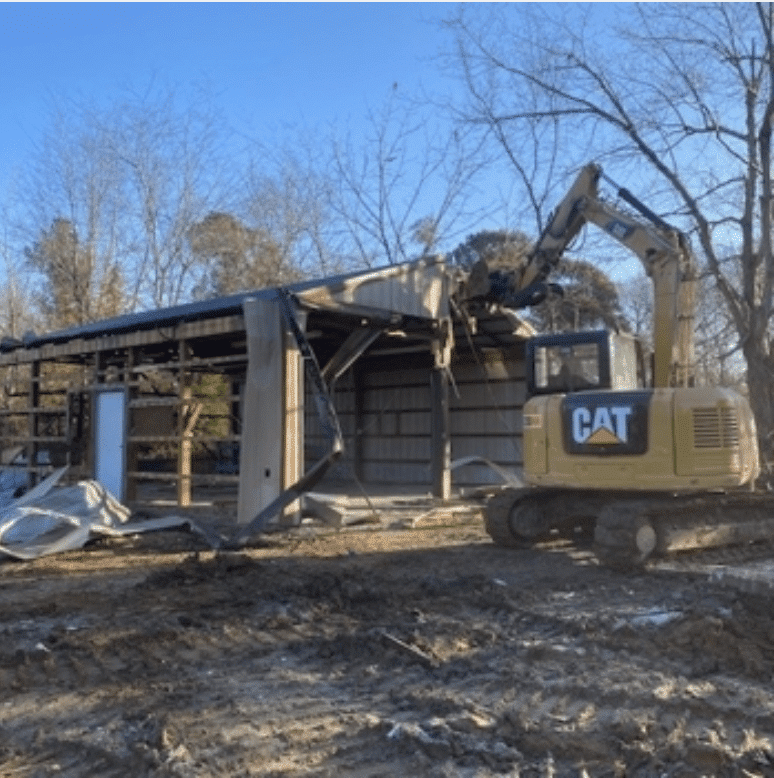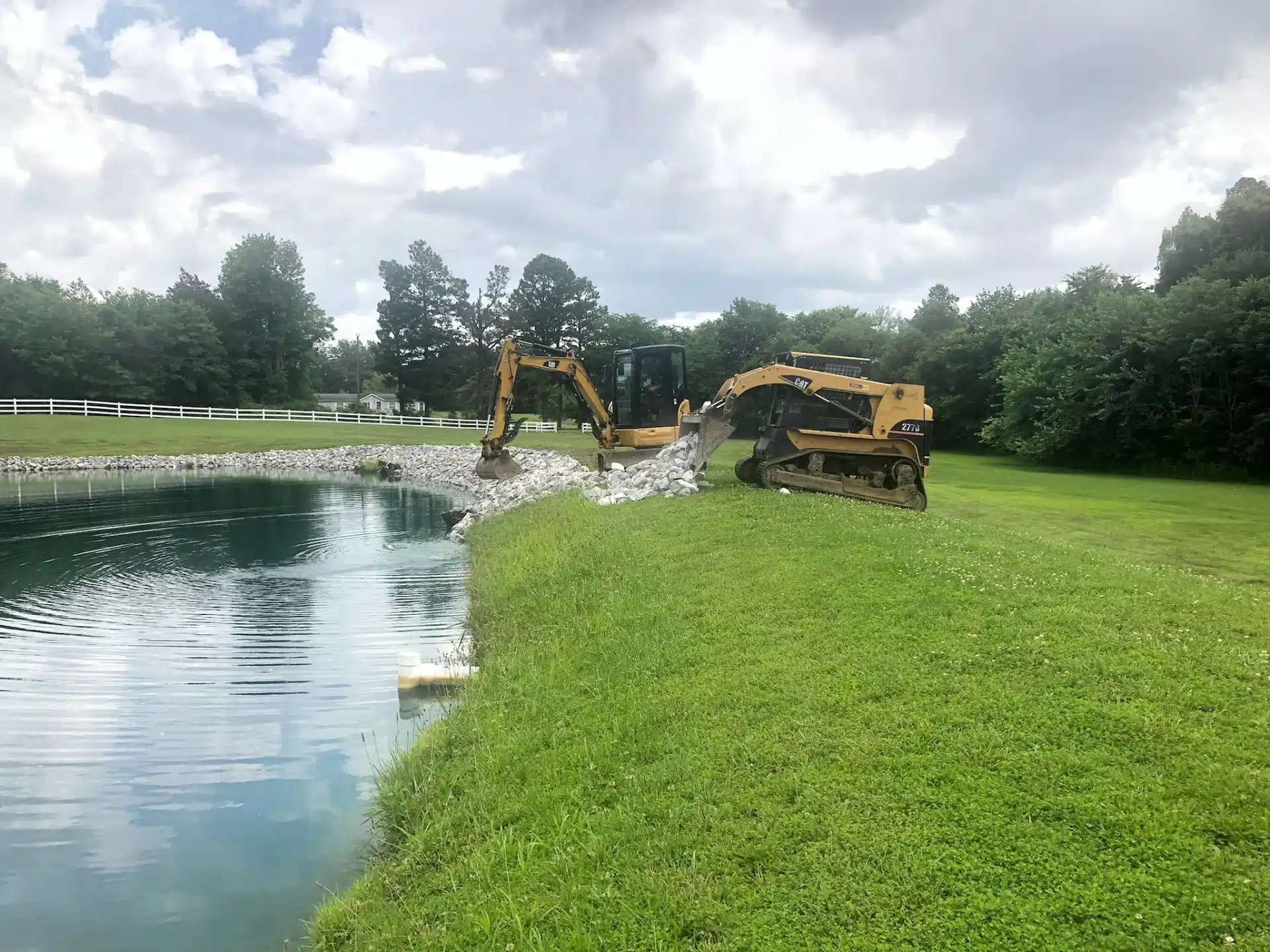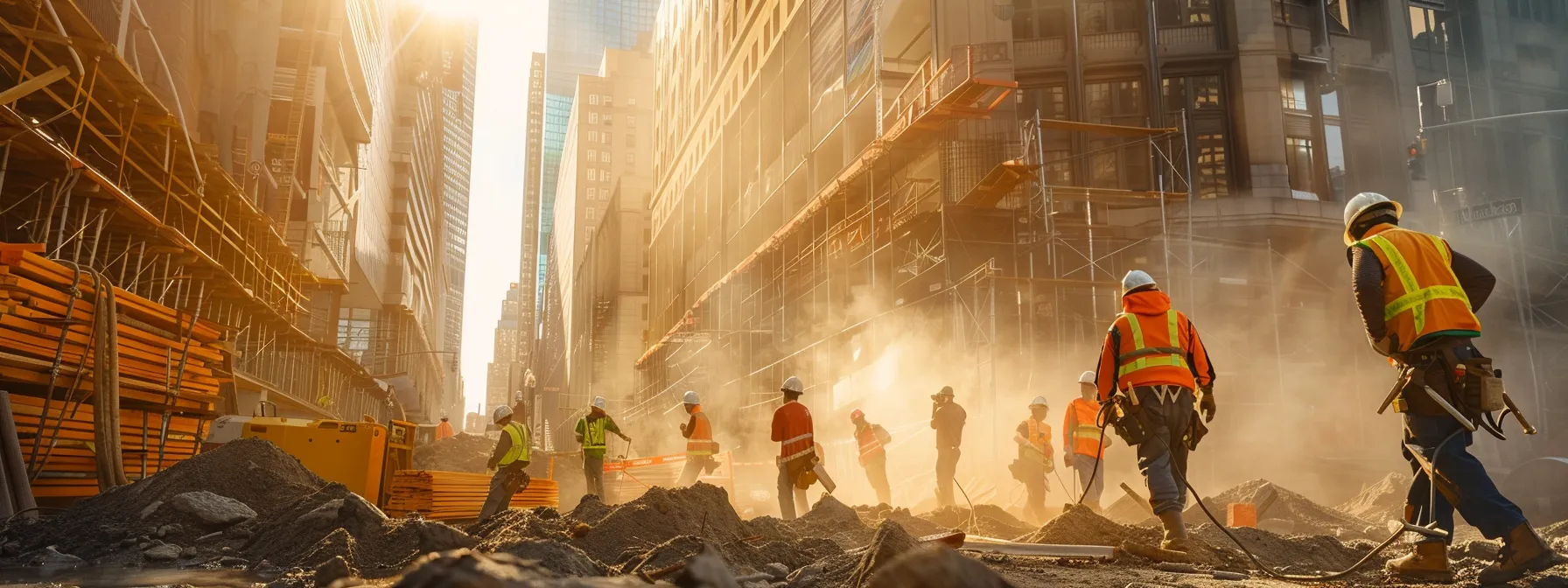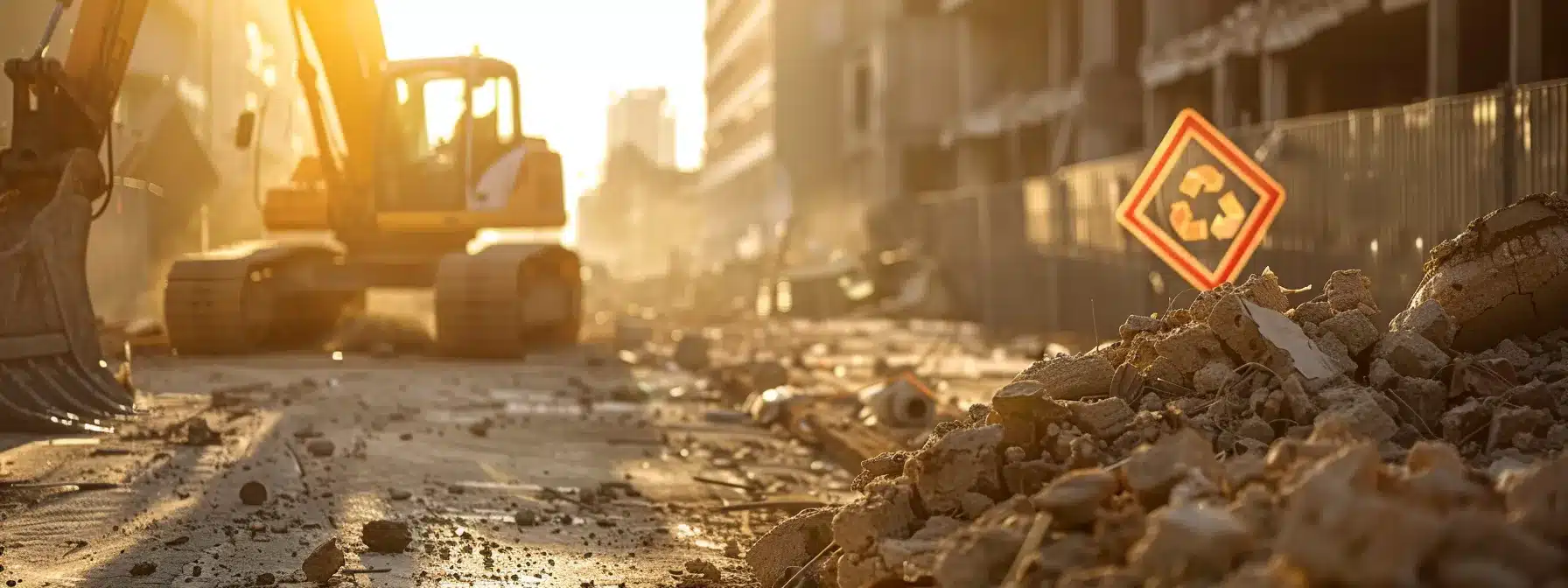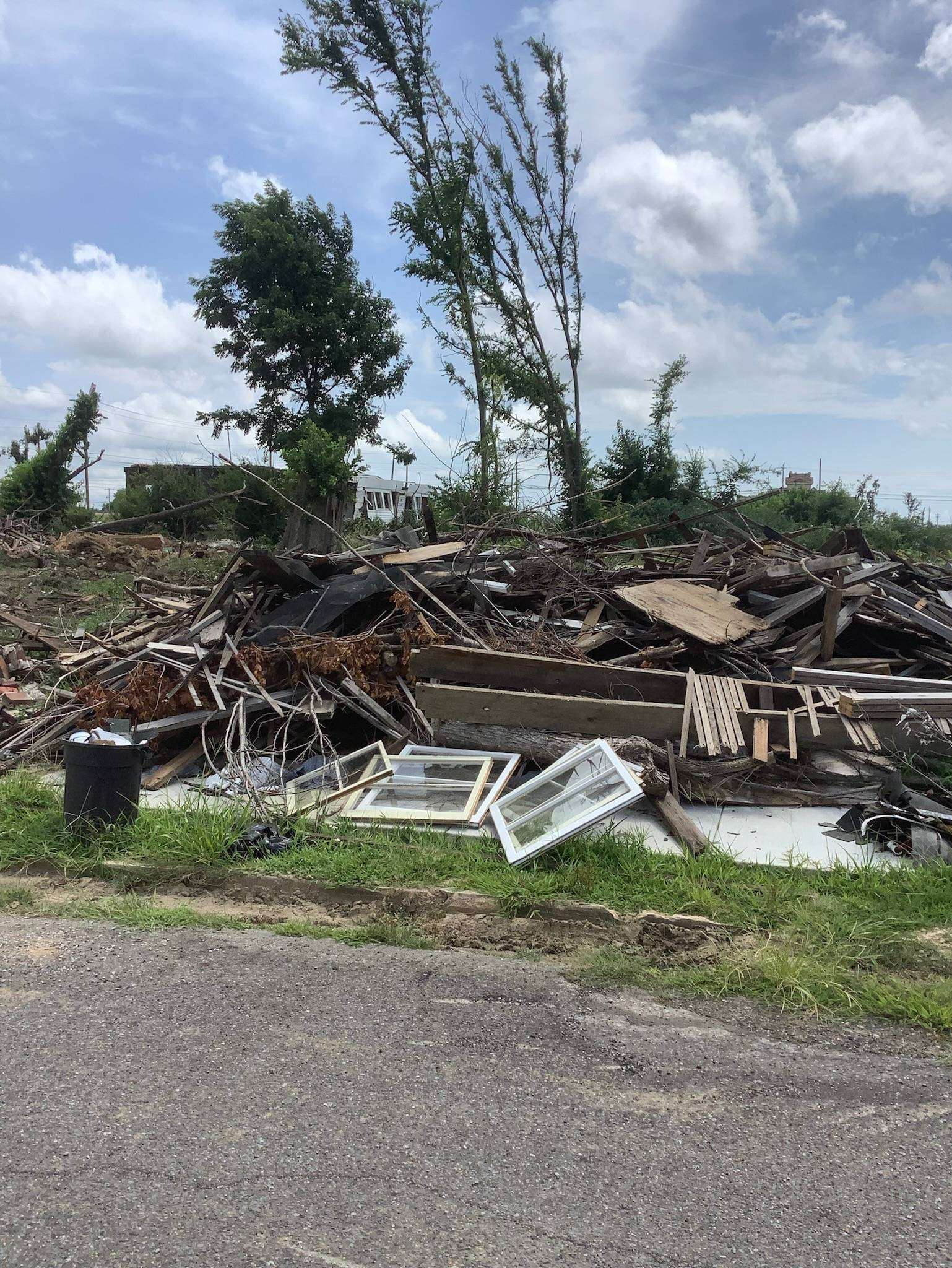A French Drain is a combination of pipes buried in trenches designed to divert water away from your home. A French drain can be installed in almost any area where you have surface water issues or just need to add an extra drainage system to prevent flooding.
What Is A French Drain?
French drains are a state-of-the-art solution for homeowners tired of dealing with the hassles of surface water in their yards. They can be more effective than other solutions, such as gutters and sump pumps. A French drain is usually made of drainage tile (drainage PVC pipe with holes) buried under and around your foundation and in the ground surrounding your house that collects surface water.
A French drain is a trench dug in the ground, below the level of the ground you want to protect. The trench is filled with gravel, stone, or concrete. As water comes down from above, it flows through the gravel and stone and out through the bottom of the trench.
How Does a French Drain Work?
A French drain works by taking advantage of gravity to remove excess water from your property. There are two ways that this happens. First, the trench is a funnel to direct water into and down its length. Second, when water hits the material at the bottom of the trench (usually stone or gravel), it flows downward until it reaches an area where no more material is underneath it. At this point, gravity pulls it out of the pipe so it can flow away from your house or building.
When Do You Need a French Drain?
A French drain is needed when water from outside your home or business enters your building regularly. This occurs when you have poor drainage around your home or business. There are many reasons why this happens:
- You have high water table levels (water tables are higher than usual).
- You live in an area that floods frequently due to heavy rains or snow melt.
- You have poorly graded areas near your home or business that allow water to pool up too close to buildings.
- The most common reason people need French drains is that they live in areas with high water tables (water tables are higher than usual). These areas include wetlands and floodplains where there is standing water after heavy rains or snow melt.
French Drains and Surface Water
French drains are used to remove surface water from lawns and gardens so that it doesn’t pool up in these areas. Installing a French drain can prevent erosion and keep your lawn healthy by removing excess water from its roots. You can also use French drains on patios or other outdoor areas where there’s a risk of rainwater collecting and causing damage or mold growth.
French Drains and Water in Your Basement
French drains are a popular solution to water problems, ranging from minor dampness to major flooding. They’re also one of the most durable systems available.
French drains are underground trenches filled with gravel or crushed stone that collect surface run-off water and direct it away from your home’s foundation. A French drain can be used to divert surface water from your property before it can enter your basement, crawl space, or foundation walls.
French Drains and Retaining Walls
Many homeowners use French drains as part of their retaining wall system to prevent soil erosion and protect against potential flood damage during heavy rainstorms. If you plan on installing a retaining wall, check with an experienced contractor about whether a French drain is necessary for its installation.
The Final Perspective and Key TakeawaysConclusion
So, to sum it all up. What is a french drain? A french drain is a method professionals use to dispose of surface water and runoff while improving your lawn’s drainage. The result is a lawn with better drainage and no puddles of standing water. The key, however, is to install the french drain properly. There are some dangers involved when installing one of these systems yourself, so contact Supreme Enterprises LLC instead, who will be happy to install one for you and ensure that it has been done right!

